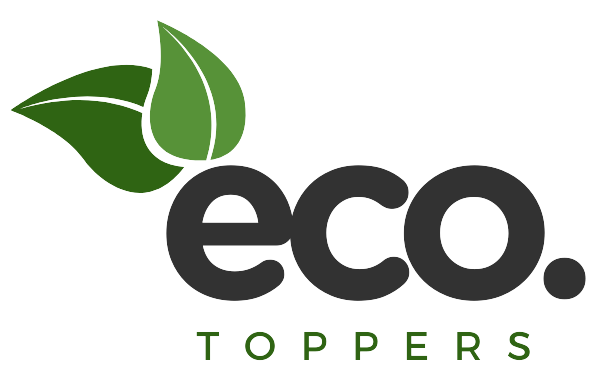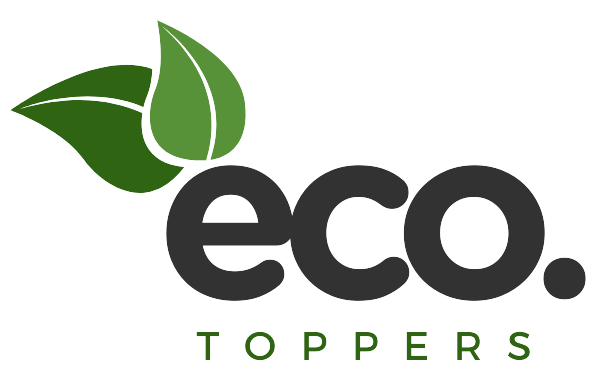Q1: What makes bamboo mattress toppers eco-friendly in Australia?
Eco-Friendly Bamboo Mattress Toppers: The Sustainable Sleep Solution

Understanding Bamboo's Environmental Credentials
Rapid Renewable Growth
Carbon Sequestration
Minimal Resource Requirements
Water Efficiency
From Plant to Product: How Bamboo Becomes Bedding
Bamboo Viscose/Rayon Process
Lyocell Process (Tencel)
Mechanical Processing
Core Materials: The Hidden Environmental Impact
Natural Latex
Memory Foam
Bamboo Fiber Fill
Wool
Environmental Certifications: Separating Fact from Fiction
OEKO-TEX Standard 100
Global Organic Textile Standard (GOTS)
STANDARD 100 by OEKO-TEX
Forest Stewardship Council (FSC)
CertiPUR-US
Life Cycle Assessment: Cradle to Grave
Raw Material Extraction
Manufacturing Process
Packaging and Transportation
Use Phase
End-of-Life Considerations
Comparing Environmental Impact: Bamboo vs. Conventional Alternatives
Bamboo vs. Cotton
Bamboo vs. Polyester
Bamboo vs. Down
Making the Most Sustainable Choice
Processing Method
Core Material
Certifications
Company Transparency
Durability






